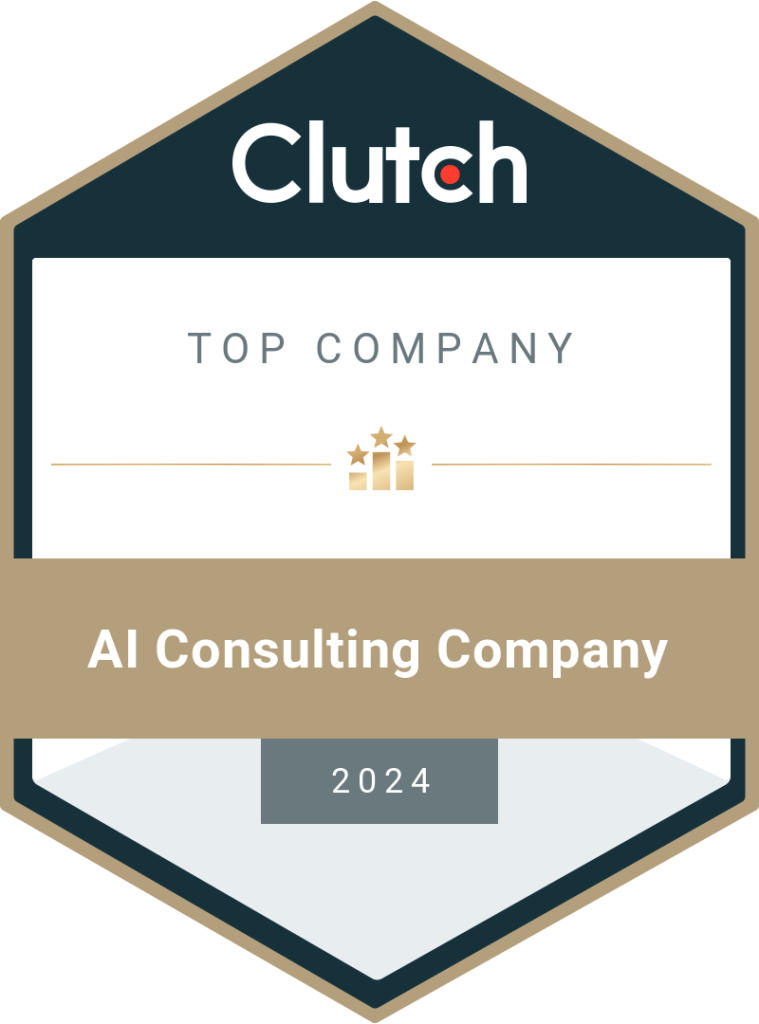Digital Transformation Myths: What to Ignore in 2025
Digital transformation can make a business an industry leader with the right approach. Here, we’ll discuss the digital transformation myths businesses should leave in 2024 and make informed decisions about revamping their organizations. Digital transformation has been a catchphrase in recent years. Be it a startup or a multinational company, many businesses have been investing in digital technologies and advanced tools to follow the trend and revamp their processes. Statistics show that the digital transformation market was $1128.63 billion and is expected to reach $4907.10 billion by 2030 at a CAGR of 23.4%. While North America is likely to dominate the digital transformation market, the East Asian digital transformation market is projected to be $117.8 billion in 2024. However, despite the positive numbers, the rate of digital transformation failures is high. A report says the digital transformation failure rate lies between 70% and 95% with an average of 87.5%. This is a big number and cannot be ignored. It indicates that businesses are unable to successfully implement or continue the digital transformation journey to achieve their goals. There are several reasons for this. One is the lack of proper knowledge about what digital transformation means and how it should be initiated in an organization. Not overcoming the digital transformation challenges is another reason. Finally, not distinguishing between digital transformation myths and truths is the third reason why enterprises are failing to transform their businesses digitally to remain successful in competitive markets. In this blog, let’s look at a few crucial digital transformation challenges and ways to overcome them. Then, we’ll explore the various digital transformation myths a business should not believe in. Digital Transformation Challenges: How to Solve Them The importance of digital transformation lies not just in the adoption of technology but also in streamlining the organization structure, enhancing employee-employer relationships, becoming a customer/ people-centric business, and so on. The focus has to be equally on technological and non-technological factors. Technological Factors Legacy systems are the pride of a business but a financial burden too as they get outdated over the years and need more maintenance. Also, the older systems won’t be compatible with new technologies. Instead of trying to make them work, it will be beneficial to invest the same money in a more flexible, scalable, and agile technology. Digital transformation consulting companies will create a comprehensive plan to replace/ modernize the legacy systems. Silos may have helped make department-wise decisions but these are no longer helpful to get a clear picture of the business. Data duplication, errors, outdated data, etc., are common issues with data silos. This leads to incorrect decisions and missed opportunities. When digitally transforming a business, get rid of the silos and build a central data warehouse or a data lake on a cloud server. Data and system security is one of the key elements of digital transformation best practices. No business can afford to ignore the risk of cyber threats in today’s world. At the same time, working with multiple SaaS (Software as a Service) and PaaS (Platform as a Service) vendors can be daunting. Find a reliable third-party service provider to manage the connections and set up a robust security system. Technology includes software and hardware. While many organizations don’t have access to the right software tools, some struggle with sourcing the required hardware to support new technology. That’s why it’s vital to work with a digital transformation partner. The service provider will have the necessary resources and use them to digitally transform a business. Non-Technological Factors New technology needs different skills and knowledge. However, the existing employees may not have the required expertise for it. This makes it hard to adopt the latest software and can lead to incorrect/ ineffective usage. With some digital transformation companies offering training and staff augmentation services, the skill gap in the organization can be slowly bridged without spending too much money. Money is a crucial factor to consider when making business decisions. Everything is an expense but some purchases are investments that give high ROI in the long run. When initiating the digital transformation journey, businesses should identify solutions that generate ROI and align with their needs. Moreover, there’s no need to transform the entire business at once. It can be a multi-stage process. Humans are often resistant to change and don’t prefer too many risks. The top management may find employees unwilling to accept new technology or processes. This can disrupt the performance and increase the attrition rate. Transparency, proper two-way communication, training sessions, etc., can convince the employees to accept the change and see how beneficial it is for the business and themselves. Digital Transformation Myths to Leave in 2024 The following are some common digital transformation myths many businesses believe in. However, these are not the truth and should be discarded to get a clear idea of what digital transformation actually means. Digital Transformation is Not Mandatory The first digital transformation myth is that it is not mandatory or necessary for a business. While this may have been true a few years ago, every organization, startup, and enterprise needs digital technology in some form. Even a small business or general store on the street corner uses POS (point of sale) machines and QR codes to accept payments. This is a form of digitalization and enhances customer experience by offering more payment methods. Similarly, a business that accepts orders through WhatsApp or emails and takes online payments is also using digital technology. Digital Transformation is a One-Time Project Another digital transformation myth is that the process is a one-time project and doesn’t have to be repeated. Digital transformation is a continuous process and requires regular time, effort, and resources. It should not be limited to short-term goals. Instead, plan for the long term and align your digital transformation strategy with your business objectives and vision. Employees need to be ready to accept cultural and technological changes in the workplace as the business expands. Digital transformation consulting companies will provide a roadmap
Read More





